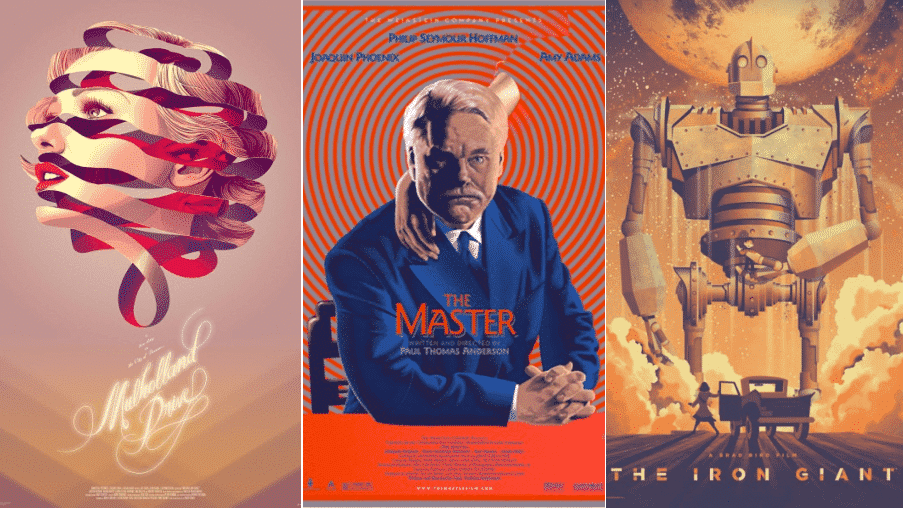Scarcity Marketing: Everybody Wants What They Can’t Have
by Aden Andrus • January 22, 2019
In a world where ease and accessibility are the name of the game, scarcity might seem like a strange marketing tactic. I mean, if your item is out of stock, people don’t just sit and wait for you to restock—they find someone else to buy it from, right?
While that may be true if you’re selling the same thing at the same price as everyone else, if you’re offering something exclusive, scarcity marketing can actually magnify that exclusivity into a legitimate fear of missing out.
And, if there’s one thing we know about fear, it’s that fear (in any form) is very, very motivating.
In this article, we’re going to talk about what scarcity marketing is and how you can use it to sell a variety of things—even if what you’re selling isn’t particularly unique or exclusive. Let’s get started!
What is Scarcity Marketing?
Generally speaking, when most people talk about scarcity marketing, they’re referring to limiting the supply of a specific product.
One of the most classic examples of this is the Disney Vault. Every 5-10 years, Disney opens their vault and re-releases their titles to stores (inevitably in some bigger, better, more colorful or platinum version). It’s the only time you can get a new copy of that movie from the store, so Disney can charge an exorbitant amount of money for their movies during this limited-release period.
This strategy is so well-designed and the Disney movies are so well-beloved that each new generation of consumers flocks to the store to buy their own copy before the movie(s) disappear again.
And that’s the power of scarcity marketing.
Done right, scarcity marketing increases the perceived value of a good or service. Sure, you could borrow someone else’s copy of Snow White, but that’s a pain and if you really love the movie, you’d have your own copy, right? Even though the price seems a little steep for an 80-year-old movie, if you’re not willing to pay the price, someone else will and then they’ll have a copy…and you won’t.
Using Scarcity in Your Marketing
The good news is, scarcity marketing doesn’t just work for Disney classics. All sorts of businesses can successfully use scarcity marketing in one form or another to increase the perceived value of their products, services and/or offers.
Let’s take a look at a few tactics you can use to make scarcity marketing work for your business:
1. Increase Quality
Everyone knows you get what you pay for. We all instinctively know that quality products take time to create, so we naturally believe that the higher the quality, the less you should be able to produce.
For example, liquor is one of the oldest, elitest forms of scarcity marketing. For centuries, the involved process of making alcohol has made it an inherently limited-edition product. A multitude of factors (harvest quality, bacterial cultures, aging time, fermentation process, storage, bottling/kegging, etc) make each batch somewhat unique and, therefore, potentially valuable.
The scarcity of this hard-to-produce, limited edition product is only heightened by the fact that as soon as you open a bottle, you’ve depleted the resource. Every sip decreases the availability of the product.
While some brands chose to focus on affordability and availability (Budweiser, Miller, Corona, etc), many others build their brand around exclusivity and scarcity. There’s a reason why some bottles of wine go for hundreds of thousands of dollars!
Even people who aren’t wine collectors are still willing to pay more for limited edition alcohol. For example, Pappy Van Winkle only produces 7,000 cases of whiskey a year. Their bottles go for hundreds of dollars a piece and distribution is controlled by a lottery system in some states.

Image Source: Old Rip Van Winkle
However, the secret to Pappy Van Winkle’s success doesn’t lie in the fact that they only make 7,000 cases a year. Instead, they have created the perception that their whiskey is so high quality that they can only produce 7,000 cases a year.
Whether that’s true or not doesn’t actually matter. People believe that Pappy Van Winkle can only make 7,000 cases a year because the whiskey is so high-quality, so they’ll do whatever they can to get their hands on a bottle—even if they have to pay 10x more than they’d pay for cheap whiskey.
2. Create an “In Crowd”
One of the reasons why scarcity marketing works is that it makes us feel like part of the “haves”, which makes us superior to the “have-nots”. Everybody has an iPhone, but do you have the red iPhone XR? If not, you must not be a true Apple fan.
Being a part of an exclusive group makes you feel special, valuable and important. You’re part of the “in crowd.”
This tactic can be used in a variety of ways to get people excited about your business—regardless of whether or not they are actually buying something. For example, during the early days of Gmail and Pinterest, these platforms were invitation-only. As a result, being on the platform gave you a sort of mystique that you didn’t get from a plain old Yahoo Mail or Facebook account.
Again, whether or not Gmail and Pinterest were the best didn’t matter. What mattered was that only some people were on the platforms. Those who were, were in the “in crowd”. They were cool and “in the know.” Everyone else was on the outside looking in.
As another example, buying unknown food from a man in a pig mask sounds like a good way to get mugged (or food poisoning), but for Back Alley Bacon, it’s been an incredibly effective scarcity marketing tactic.
Everything about the shop is a secret: the store is unmarked, the seller goes by a fake name (“Chef Jon Hamm”) and you can only make a purchase if you know the password and bring exact change—which you can only get from the Back Alley Bacon Facebook page.
This scarcity of information and sense of exclusivity has made what could have otherwise been a flop an incredible success. The secret? Secrets. So little is known about this shop that simply knowing about the shop makes you part of something special—something that sets you apart from the plain-old vanilla people who buy bacon at the grocery store.
This tactic is applicable in a variety of ways. OnePlus used it to get their cell phone brand off the ground. Many businesses create “clubs” or similar organizations where members get exclusive benefits. Even a simple email list can feel like the “in crowd” if people feel like they are getting special discounts for joining. As long as you can create a sense of exclusivity, you can use scarcity marketing to make people feel like their relationship with your business makes them special.
3. Limit Availability
Finally, the easiest way to create a sense of exclusivity and desirability is to launch a limited-edition product!
For example, Mondo is an art gallery that commissions artists to create alternative movie posters. However, they only print a few hundred of each poster, so these posters have become incredibly sought after.

Image source: IndieWire
With many of their new designs, if you don’t act quickly, you won’t get one at all. However, if you follow their Twitter account, you can get a heads up on new posters and have a better chance of snagging a new release. This combination of quality and exclusivity has made Mondo such a beloved brand that it now sells a variety of other pop and cult-related goods (it even has it’s own conference, Mondo Con!).
Similarly, other businesses like streetwear-brand Supreme or Bape combine unique, quality goods with limited locations and releases to create a scarcity mindset. The end result? A huge, raving fan-base that waits eagerly for the next product drop.
Do any of these brands necessarily have higher quality than their competitors? No. Are they only available to the “in crowd”? Not necessarily.
However, by limiting the availability of their products, they create a sense of quality and exclusivity. If you don’t get the Mondo print or Bape jersey when it goes on sale, you probably won’t get it at all, which automatically makes anyone with the item(s) part of a special group. They have something unique and that uniqueness makes the item—and by extension, them—feel more valuable.
Conclusion
While scarcity marketing might seem counterintuitive in today’s “I want it now” world, the fact of the matter is that we’re all used to getting what we want at the drop of a hat. If anything, we’re unaccustomed to scarcity, which makes scarcity marketing even more compelling.
However, scarcity marketing only works if you do it right. If people don’t value what you’re selling or feel like they can get the same basic thing from someone else and you try to create an artificial sense of scarcity, they’ll just take their business elsewhere. But, if people believe that you have a limited supply of something special and exclusive, you’ve got a recipe for success!
Have you tried scarcity marketing before? How have you seen scarcity used in marketing campaigns? Leave your thoughts below.





